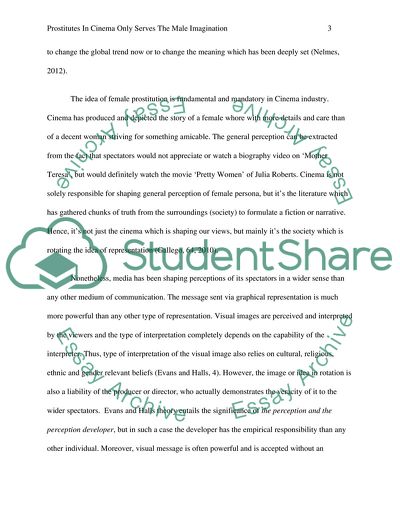Cite this document
(Prostitutes in Cinema Only Serves the Male Imagination Report Example | Topics and Well Written Essays - 3500 words, n.d.)
Prostitutes in Cinema Only Serves the Male Imagination Report Example | Topics and Well Written Essays - 3500 words. https://studentshare.org/visual-arts-film-studies/1814073-race-and-gender
Prostitutes in Cinema Only Serves the Male Imagination Report Example | Topics and Well Written Essays - 3500 words. https://studentshare.org/visual-arts-film-studies/1814073-race-and-gender
(Prostitutes in Cinema Only Serves the Male Imagination Report Example | Topics and Well Written Essays - 3500 Words)
Prostitutes in Cinema Only Serves the Male Imagination Report Example | Topics and Well Written Essays - 3500 Words. https://studentshare.org/visual-arts-film-studies/1814073-race-and-gender.
Prostitutes in Cinema Only Serves the Male Imagination Report Example | Topics and Well Written Essays - 3500 Words. https://studentshare.org/visual-arts-film-studies/1814073-race-and-gender.
“Prostitutes in Cinema Only Serves the Male Imagination Report Example | Topics and Well Written Essays - 3500 Words”. https://studentshare.org/visual-arts-film-studies/1814073-race-and-gender.


